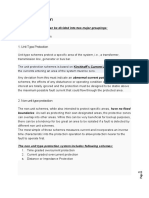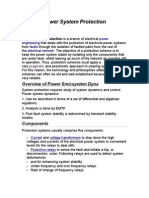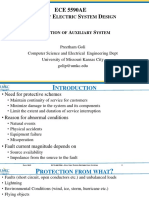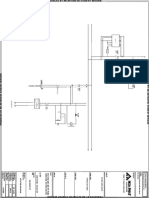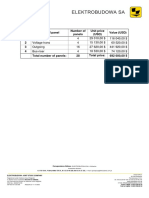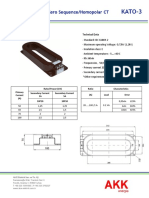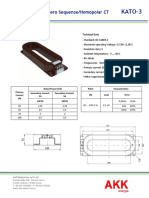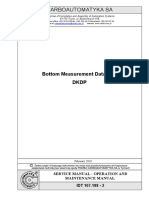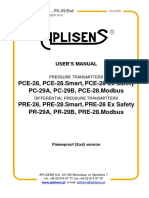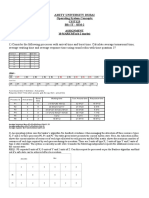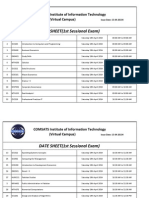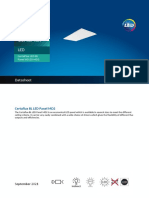100% found this document useful (1 vote)
753 views114 pagesRelay Protection System Guide
The document discusses relay protection for power systems. It covers:
1) The tasks of a relay protection system including disconnecting faulty parts, sustaining safe operating states, and minimizing damage.
2) Classification of protection including unit and non-unit diagrams, and analog vs. digital processing.
3) Key requirements like fast operation, sensitivity, selectivity, reliability and economics.
4) Principles of protection including overcurrent, differential, and impedance. Overcurrent protection measures current and trips if above a set value, and settings consider coordination.
Uploaded by
Lý Chính ĐạoCopyright
© © All Rights Reserved
We take content rights seriously. If you suspect this is your content, claim it here.
Available Formats
Download as PDF, TXT or read online on Scribd
100% found this document useful (1 vote)
753 views114 pagesRelay Protection System Guide
The document discusses relay protection for power systems. It covers:
1) The tasks of a relay protection system including disconnecting faulty parts, sustaining safe operating states, and minimizing damage.
2) Classification of protection including unit and non-unit diagrams, and analog vs. digital processing.
3) Key requirements like fast operation, sensitivity, selectivity, reliability and economics.
4) Principles of protection including overcurrent, differential, and impedance. Overcurrent protection measures current and trips if above a set value, and settings consider coordination.
Uploaded by
Lý Chính ĐạoCopyright
© © All Rights Reserved
We take content rights seriously. If you suspect this is your content, claim it here.
Available Formats
Download as PDF, TXT or read online on Scribd
/ 114





































